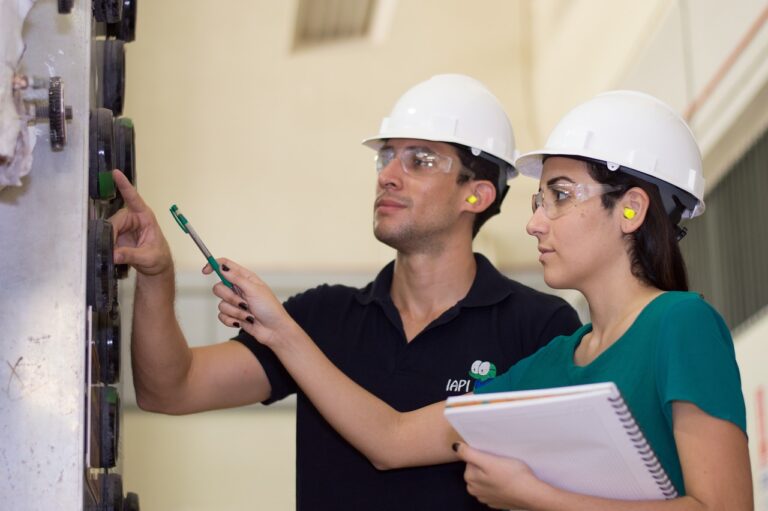Educational Robotics: Bringing Technology to Life
Educational robotics offers a hands-on approach to learning that enhances students’ understanding of complex concepts in math, science, and technology. By engaging in practical tasks such as programming robots to perform specific functions, students can apply theoretical knowledge in a real-world context. This active learning approach fosters critical thinking skills and problem-solving abilities, ultimately preparing students for future challenges in a rapidly advancing technological landscape.
Moreover, incorporating educational robotics in the classroom can spark students’ interest in STEM (science, technology, engineering, and mathematics) disciplines. The interactive and collaborative nature of working with robots ignites curiosity and creativity among learners, motivating them to delve deeper into the subject matter. Through this immersive learning experience, students not only acquire technical skills but also develop essential soft skills such as teamwork, communication, and adaptability, essential for success in the 21st-century workforce.
The Impact of Educational Robotics on Student Engagement
Educational robotics has emerged as a powerful tool to enhance student engagement in the classroom. By integrating robotics into the learning process, students are able to actively participate in hands-on activities that promote critical thinking and problem-solving skills. This interactive approach not only captures students’ interest but also fosters a sense of curiosity and creativity, making the learning experience more dynamic and engaging.
Furthermore, educational robotics allows students to apply theoretical concepts into practical real-world scenarios, which can significantly boost their motivation and interest in learning. Through building and programming robots, students are able to see the direct impact of their knowledge and skills, leading to a deeper understanding of the subject matter. This experiential learning not only increases student engagement but also cultivates a sense of accomplishment and confidence in their abilities, ultimately paving the way for improved academic performance.
How can educational robotics benefit students in the classroom?
By incorporating educational robotics, students can develop critical thinking, problem-solving, and collaboration skills while also gaining hands-on experience with technology.
What is the impact of educational robotics on student engagement?
Educational robotics can increase student engagement by making learning more interactive and fun. It can also help students see the practical applications of what they are learning in the classroom.
Are there any specific age groups that benefit most from educational robotics?
Educational robotics can benefit students of all ages, but younger students may particularly benefit from the hands-on and visual nature of robotics activities.
How can teachers incorporate educational robotics into their curriculum?
Teachers can incorporate educational robotics by integrating robotics kits or programs into their lesson plans, organizing robotics clubs or competitions, or even inviting guest speakers from the robotics industry.
Can educational robotics help prepare students for future careers in technology?
Yes, educational robotics can help students develop the skills and knowledge needed for future careers in technology, engineering, and other STEM fields.





